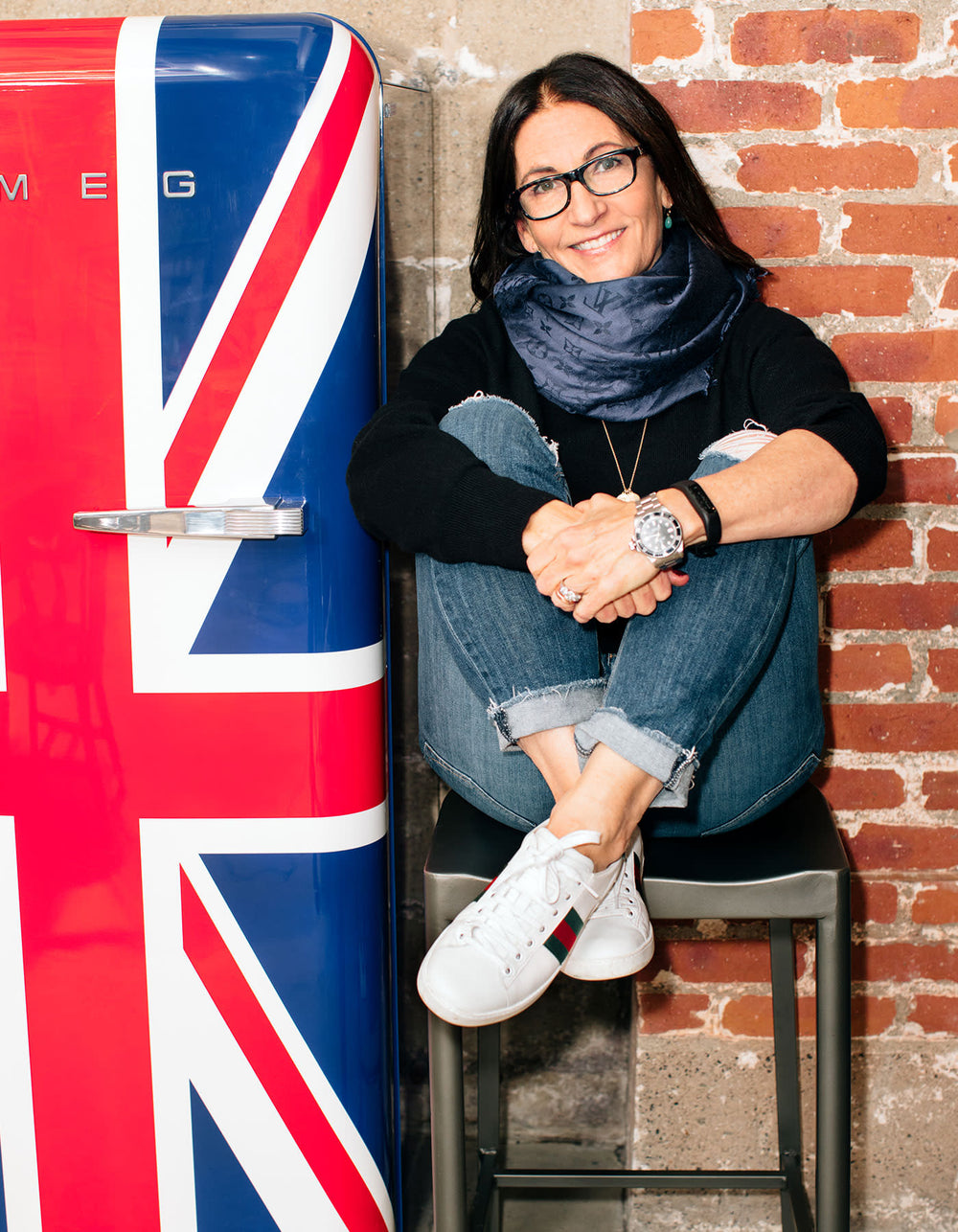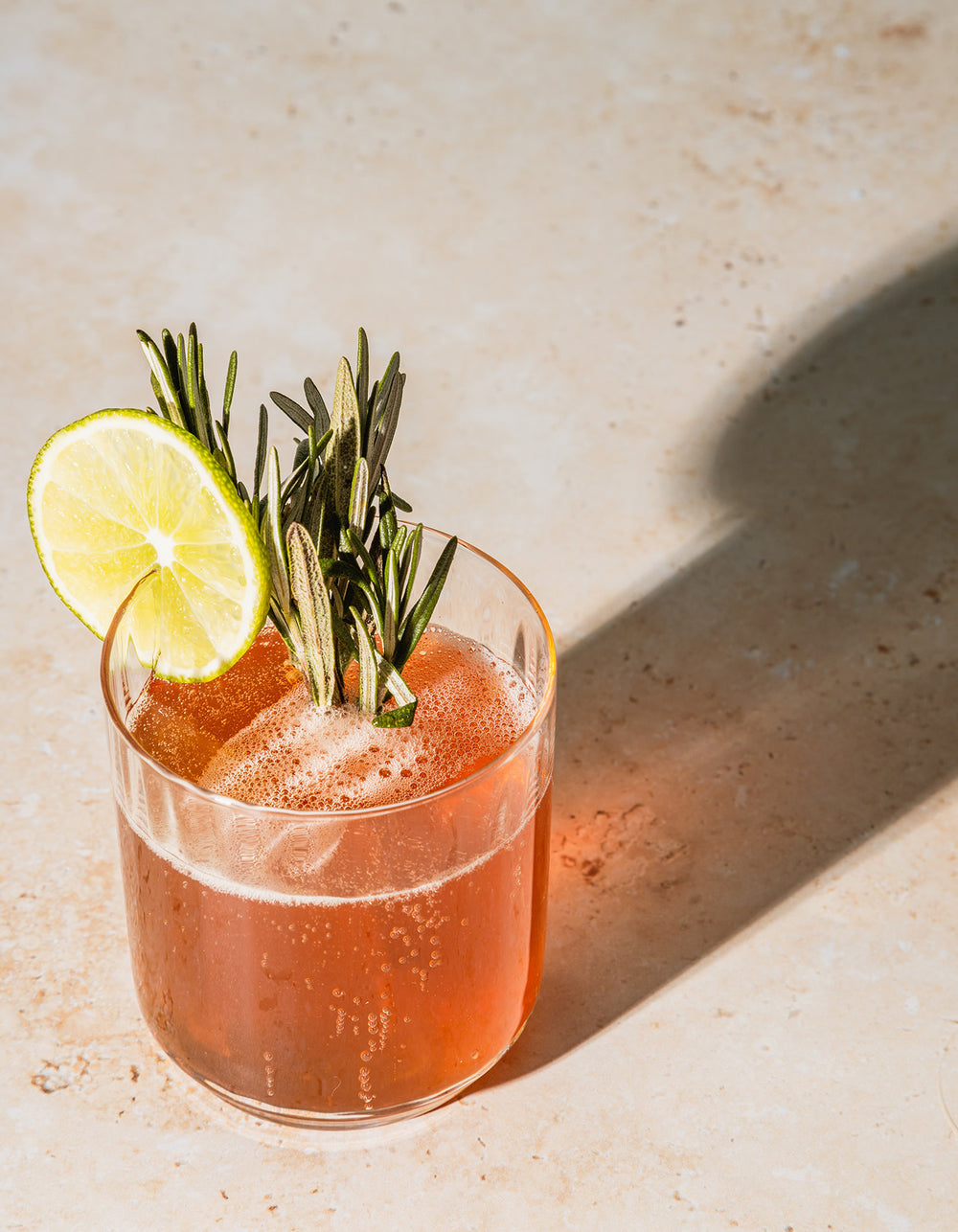Diary / Beauty / Aug 10, 2023
What Are Blemishes? What You Need to Know
Written by: Piper Gray
Photography by: Ben Ritter & Jon Paterson

The word “blemish” is used a lot, and sometimes pretty vaguely, to describe a handful of skin issues. But in short: Blemishes are those pesky little imperfections that can pop up on your skin, like pimples, blackheads, and dark spots.
We’ll go over the distinctions between blemishes and talk about how to combat and conceal them.
What Are Blemishes?
Blemishes are a catch-all term for any type of skin imperfection that affects the appearance of the skin. They can appear as raised bumps, discoloration, pimples, or rough patches on the skin.
They can also be a symptom of skin conditions like acne or hyperpigmentation. What are the different types of blemishes?
-Blackheads. Blackheads are small, dark spots that appear on the skin. They aren’t harmful, but they can be unsightly. They are caused by a buildup of oil, dead skin cells, and bacteria in the hair follicles.
-Sebaceous Filaments. Some of the spots you find on your face may be what are called sebaceous filaments, which help move oil (also called sebum) to the surface of your skin.
-Whiteheads. Whiteheads are similar to blackheads—also caused by a buildup of oil, dead skin cells, and bacteria within a hair follicle—except that with whiteheads, the follicle is closed, compared to the open follicles associated with blackheads.
-Papules. Papules are small bumps that are red and occur when the hair follicle becomes inflamed. They can appear on the face, chest, and back.
-Pustules. A pustule is what comes to mind when you think of a regular pimple. This is a result of when a clogged hair follicle becomes infected.
-Acne. Acne is a skin condition that occurs when pores become clogged and the skin becomes inflamed, causing several types of blemishes like whiteheads, blackheads, papules, and pustules to appear across the face. While puberty is the prime time for acne to appear, adults may experience acne well into their forties.
-Hyperpigmentation. Hyperpigmentation is a common skin condition that causes patches of skin to become darker than the surrounding skin. It occurs when the skin produces more melanin, making the areas darker.

How Do I Cover Blemishes With Makeup?
We all experience blemishes. While it is very tempting to speed up your skin’s recovery by popping a pimple, the best thing to do is to leave your skin alone. When you fuss with already-distressed skin, now you not only have to deal with the blemish but also the irritation that accompanies skin that’s been opened.
While waiting for your skin to recover—from either the blemish alone or if you’ve taken matters into your own hands—you can use makeup in colors formulated for your skin tone to conceal any evident issues. Our Face Pencil completely covers redness, dark spots, and other blemishes.
If you have any purplish spots due to hyperpigmentation, a little orange will counteract their tone and make them disappear. We suggest having two shades on hand, as your skin tone can differ from your cheeks to your forehead. Take this quick quiz to find the hues best for your skin tone.
For extra coverage, our moisturizing What the Foundation will blend seamlessly into your skin and is buildable. We also have a quiz for this, too: find the shade of WTF that will suit you here.
How Do I Treat Blemishes?
It all depends on the severity of the blemishes, but proactive measures like keeping your skin clean and maintaining a healthy diet can go a long way in preventing them from occurring in the first place. More severe cases may need the help of a dermatologist, especially when it comes to acne, who can prescribe topical or oral treatments to help reduce the amount of bacteria in the skin.
If you’re suffering from particularly stubborn or uncomfortable issues, the earlier you start treatment, the better. This will reduce the chance of scarring that may come from dealing with blemishes long term.
Under the guidance of a professional, treatments like chemical peels and light therapy can help reduce the appearance of other types of blemishes. But it’s important to remember that skincare treatments will not improve the appearance of blemishes or skin tone overnight. Any treatment that leads to sustainable improvement requires commitment and consistency.

How Do I Prevent Blemishes?
Prevention is best, but of course, sometimes even the most consistent routines don’t keep all blemishes at bay. While some of these skincare issues are simply unsightly, we’ve all dealt with the physical irritation of a blemish that’s gotten out of hand. Start with our tips, and you’ll find that your skin will likely look and feel better.
Keep Skin Clean
It’s not news that keeping your skin clean is essential for preventing blemishes. During the day, you wear makeup, you sweat, and your skin produces oil. You also pick up dirt and environmental pollutants. And if you don’t cleanse your face at night, all of these irritants sit on your face and seep into your pores, possibly causing blemishes and further irritating existing spots.
An evening cleanse removes the makeup and other buildup collected throughout the day, and while it may seem unlikely, dirt and oil can accumulate overnight, so a morning cleanse is also necessary.
If you are dealing with oily skin, it can be tempting to use harsh cleansers with the hope of fully eliminating blemishes. But look for a gentle cleanser that will not strip your skin of its natural oils, and avoid cleansing with hot water, as it can leave your face feeling dry. If you remove too much oil, then your skin will overproduce oil to overcompensate.
We recommend using our Cleansing Stick, an oil cleanser that dissolves makeup and other impurities without stripping or drying out your skin. It is the perfect formula that keeps your skin healthy, hydrated, and, of course, clean. Our cleanser also contains jojoba oil, which is useful for inflamed skin, and also helps your skin regulate its own oil production.

Stay Moisturized
It may sound like a strange idea to moisturize already oily skin, but oily skin can still be dehydrated and in need of extra hydration. This goes back to what we were talking about choosing gentle cleansers: you don’t want to put your skin in a position of having to overcompensate by producing more oil. Besides, moisturizers draw water, not oil, into the skin.
Those with oily skin will want to seek out lightweight moisturizers that are easily absorbed into the skin and do not leave a greasy residue. Enter Jones Road Beauty’s Light Moisture Cream, which contains niacinamide that may help minimize the appearance of large pores and support healthy sebum production.
Another way to stay moisturized is to drink plenty of water. This will help moisturize from the inside and give your skin a hydrated glow. Incorporating plenty of fruits and vegetables in your diet will also give you an added boost of hydration.
Exfoliation
Dead skin cells can clog hair follicles, which—no surprise here—can lead to blemishes. Consider exfoliating once or twice a week to slough off dead skin cells. Whether you opt for chemical or physical exfoliation, this will help your skin appear brighter and more radiant. Skincare products will absorb into the skin better as well, which can help minimize the appearance of fine lines and wrinkles.
Bottom Line
Even though blemishes are common, they can still be frustrating and uncomfortable. While some cases may require intervention from a dermatologist, identifying what type of blemish you are experiencing makes it easier to treat and prevent, and making sure you have the right routines with the right products will help, too.













































 Miracle Balm
Miracle Balm
 Just Enough Tinted Moisturizer
Just Enough Tinted Moisturizer
 What The Foundation
What The Foundation














